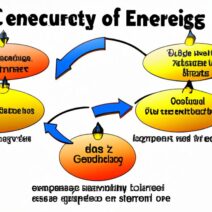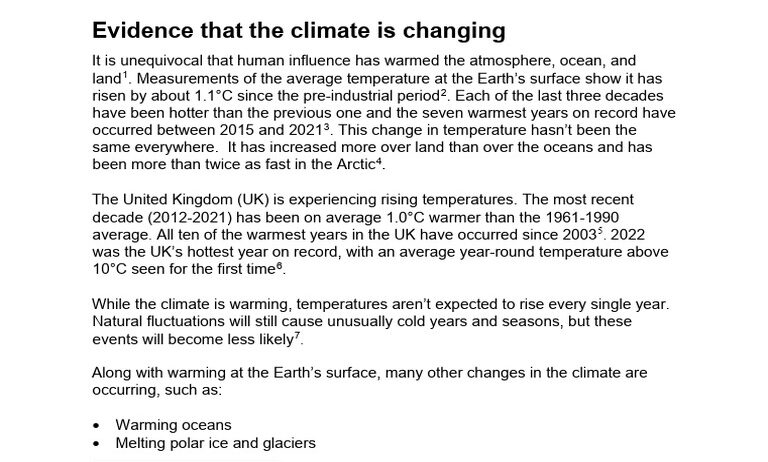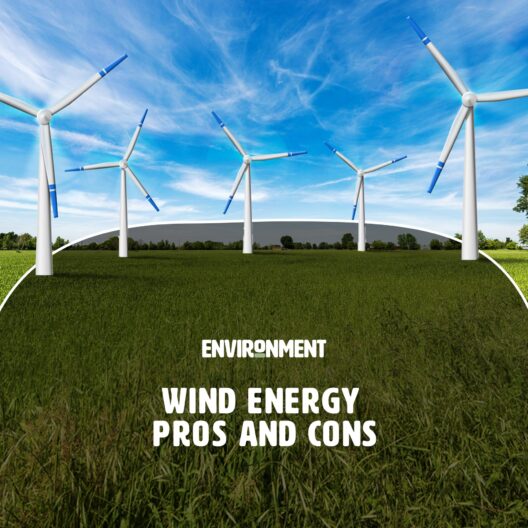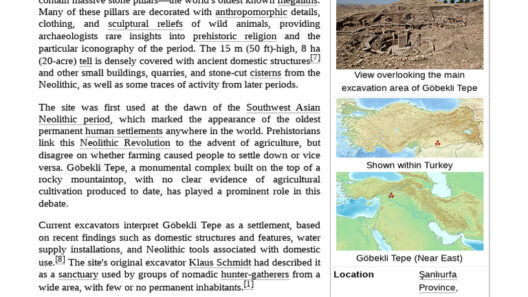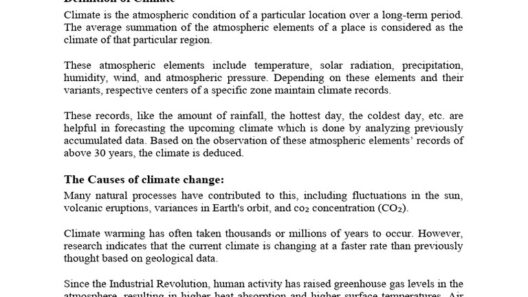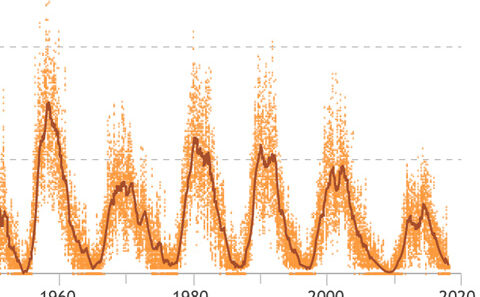Climate change, a term that has grown ever more present in our lexicon, brings with it an urgent need to comprehend its intricate mechanisms. How does climate change actually happen? More crucially, without dramatic modifications to our behaviors and systems, are we prepared for the ensuing future that climate change promises? These questions invite us to delve into an intricate web of scientific processes, human influences, and tangible consequences that shape our Earth’s climates.
Let’s embark on this journey of discovery, outlining the multi-faceted processes that result in climate change and the urgent challenges that accompany it.
Understanding the Greenhouse Effect
At the heart of climate change lies a natural phenomenon known as the greenhouse effect. This process is pivotal in maintaining the Earth’s temperature, allowing our planet to be a nurturing cradle for life. Solar radiation permeates our atmosphere, where some light is reflected back to space while the remainder is absorbed by the Earth’s surface. As the planet warms, it emits this absorbed energy back into the atmosphere in the form of infrared radiation.
Enter greenhouse gases (GHGs), such as carbon dioxide (CO2), methane (CH4), and nitrous oxide (N2O). These gases, although present in the atmosphere in minuscule quantities, play a paramount role. They trap the outgoing infrared radiation, creating a thermal blanket that warms the planet. While this effect is crucial for keeping our climate stable, human activities have escalated the concentrations of GHGs to unprecedented levels.
The question then beckons: what happens when Earth’s thermal blanket becomes too thick?
The Disturbing Contribution of Human Activities
Historically, natural processes shaped the climate, influenced by volcanic eruptions, fluctuations in solar radiation, and the planet’s orbital changes. Today, however, human activities are significantly disrupting these natural balances. From industrialization to agriculture, our actions emit vast quantities of GHGs, fundamentally altering atmospheric composition.
Fossil fuel combustion for transportation and energy generates immense amounts of CO2. Each vehicle, each power plant contributes to an expanding reservoir of greenhouse gases. Furthermore, land-use changes, such as deforestation, relinquish trees that would otherwise absorb CO2, magnifying the problem. Moreover, agriculture, particularly livestock farming, contributes a substantial share of methane emissions. These troublesome trends suggest a pronounced dissonance between our needs and the environment’s capacities.
The challenge is clear: How do we reduce our carbon footprint while maintaining our quality of life? Can we re-envision our systems to harmonize with the planet’s ecological limits?
The Ripple Effects of Climate Change
As the atmospheric composition shifts, the implications of climate change unfold globally. The rise in global temperatures triggers a remarkable array of responses within ecosystems, impacting biodiversity and weather patterns alike. With warmer temperatures, ice caps and glaciers melt, leading to rising sea levels that threaten coastal communities. The phenomena of ocean acidification—a direct consequence of increased CO2 levels—compromise marine health, disrupting food webs and exposing marine species to unprecedented stress.
Furthermore, alterations in precipitation patterns provoke dramatic shifts in local climates, often resulting in extreme weather events. Droughts may decimate crop yields, while intense storms wreak havoc on infrastructure. This begs another profound inquiry: how do we respond effectively to the social and economic ramifications of such disruption?
Building Resilience Through Adaptation and Mitigation
Confronting climate change requires a dual approach: mitigation to curb emissions and adaptation to minimize impacts. Mitigation strategies might include transitioning to renewable sources of energy such as solar and wind, enhancing energy efficiency, and investing in carbon capture technologies. Each action taken can contribute to stabilizing GHG concentrations, offering a glimmer of hope for future generations.
On the adaptation front, communities must develop resilience strategies to cope with inevitable climate impacts. This might involve constructing flood defenses, reforming agricultural practices to withstand droughts, or promoting biodiversity to sustain ecosystem services essential for human survival. Still, profound inequities exist in vulnerabilities and resources, posing the daunting challenge of ensuring equitable adaptation for all. Who are the most vulnerable, and how do we uplift them in the face of relentless change?
The Road Ahead: A Collective Responsibility
Climate change continues to usher in a complex tapestry of challenges, engendering questions that touch upon our deepest values and societal structures. Implementing successful strategies to combat climate change will necessitate profound transformations in our lifestyles, economies, and governance structures. However, each small decision we make collectively contributes to a larger solution.
As we grapple with these issues, it is essential to foster an informed dialogue around climate action, one that underscores our shared responsibility for stewardship of the planet. How do we engender a community-centric approach to address climate change? The journey is arduous, but the potential rewards— a stable climate, thriving ecosystems, and resilient communities— are unequivocally worth the effort.
Ultimately, while climate change poses significant challenges, it also presents an opportunity for innovation and collaboration. By embracing this moment of urgency, we can forge pathways toward a sustainable coexistence with our planet, ensuring its vitality for future generations.

